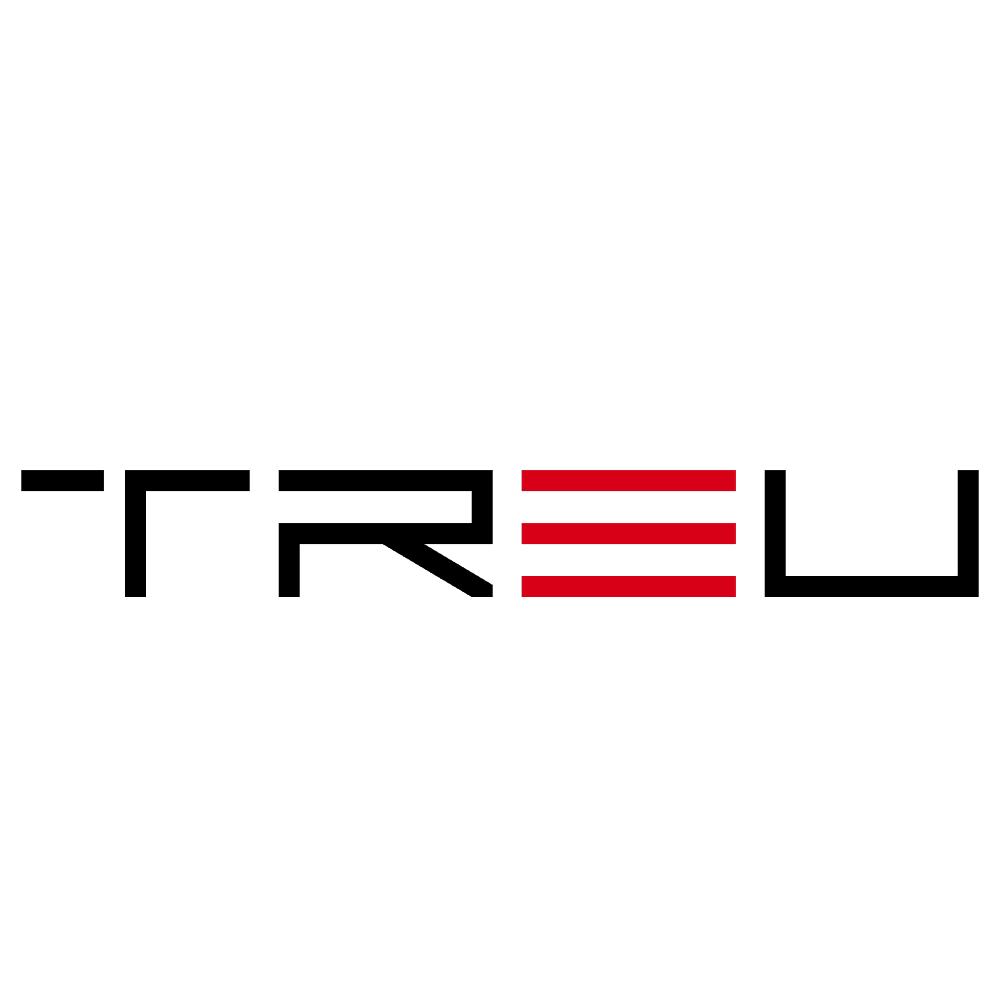Red Teaming AI to Combat Emerging Cybersecurity Threats Effectively
As artificial intelligence continues to revolutionize digital ecosystems, it’s also becoming a prime target—and tool—for cybercriminals and nation-state actors. To proactively mitigate AI-driven threats, organizations are increasingly deploying Red Teaming tactics focused specifically on AI systems. This strategic approach simulates real-world attacks to uncover vulnerabilities before bad actors can exploit them. In today’s fast-evolving threat landscape, the focus on red teaming AI has never been more critical.
What Is Red Teaming AI?
Traditional red teaming involves a group of cybersecurity experts simulating advanced persistent threats (APTs) to test an organization’s defenses. In the context of AI, red teaming is applied to scrutinize AI models—particularly generative AI and machine learning algorithms—for exploitable flaws.
Red Teaming AI differs from its traditional counterpart in several key ways:
- Focus on model behavior: Instead of simply breaching networks, AI red teams evaluate how models handle adversarial inputs, data poisoning, and prompt injection attacks.
- Data-centric: The attack surface expands to include training data integrity, model transparency, and output manipulation.
- Cross-disciplinary expertise: These teams require knowledge in both cybersecurity and data science to effectively identify and exploit model weaknesses.
The Rising Threat of AI Vulnerabilities
The increased adoption of AI across industries has introduced new avenues for exploitation. Cybercriminals are now designing sophisticated attacks that leverage AI’s ability to automate and optimize operations—at massive scale. When poorly secured, AI systems can become vectors for:
- Data exfiltration via prompt injection: Attackers craft input prompts that force language models to divulge sensitive data.
- Model inversion threats: Reverse engineering model outputs to reconstruct private training data.
- Bias and misinformation propagation: Inappropriate or unethical outputs undermining public trust and amplifying false narratives.
- Adversarial examples: Inputs purposely designed to fool AI into making flawed decisions—especially devastating in critical systems like autonomous vehicles and healthcare diagnostics.
These complex threats cannot be reliably identified through traditional penetration testing. That’s where intelligent red teaming comes in.
How Red Teaming AI Strengthens Cybersecurity Posture
AI red teaming serves a threefold purpose: identify vulnerabilities, test response mechanisms, and ensure alignment with ethical values. Here’s how organizations are deploying the strategy effectively:
1. Uncovering Model-Specific Weaknesses
Unlike traditional infrastructure-focused tests, red teaming AI targets the model itself. This includes:
- Evaluating robustness against adversarial inputs that trick AI models into incorrect outputs
- Testing for prompt injection and data leakage in LLMs (Large Language Models)
- Assessing attack surfaces via model APIs that may expose endpoints to malicious actors
2. Aligning AI With Ethical and Regulatory Standards
With increasing focus on responsible AI use, organizations must ensure AI behaviors do not violate regulations or ethical expectations. Red teaming helps evaluate whether models:
- Discriminate based on race, gender, or age
- Amplify bias and stereotypical outputs
- Respond to disinformation campaigns effectively
3. Enhancing Organizational Resilience
Through simulated attacks, red teaming allows organizations to:
- Refine detection and response systems tailored specifically for AI-originated threats
- Train incident responders and developers on new threat classes involving AI
- Develop more secure model deployment practices that mitigate production risks
Red Teaming in Practice: Growing Adoption and Innovation
Leading tech companies have already adopted red teaming as a cornerstone in their AI development practices. Microsoft, Google, and OpenAI are paving the way by building internally dedicated AI Red Teams to assess and mitigate risks associated with large-scale language models.
For example, Microsoft’s AI Red Team contributed significantly to the secure release of ChatGPT in enterprise environments. This involves crafting specific test cases that include manipulative prompts and edge-case responses and running them through multiple layers of guardrails.
The U.S. government is also taking note. In 2023, the White House collaborated with major tech companies to host a “red-teaming challenge” at DEF CON, inviting public hackers and researchers to discover flaws in generative AI models. The initiative exemplifies a shift from reactive to proactive AI threat management strategies.
Challenges in AI Red Teaming
Despite its benefits, red teaming AI comes with its own set of obstacles:
- Black-box environments: Many AI models are proprietary or opaque, complicating attempts to test for flaws.
- Lack of Standardization: No universal benchmarks exist yet for red teaming AI, making comparisons and best practices difficult to define.
- Scalability: As AI models become more complex, the cost and resource demand for effective red teaming increases dramatically.
Nevertheless, these hurdles underscore the need for specialized practices and cross-functional teams capable of navigating the rapidly evolving AI threat landscape.
Future-Proofing AI Security with Red Teaming
To stay ahead of emerging cyber threats, a robust and agile AI security strategy entails consistent red teaming at every stage of the AI lifecycle. From model training and validation to deployment and continued monitoring, red teaming ensures that AI deployments are safe, secure, and responsible.
Security leaders must prioritize:
- Cross-functional Staffing: Combining data scientists, AI engineers, and cybersecurity experts under a unified security framework.
- Continuous Validation: Red teaming is not a one-time event—it should be incorporated as part of continuous integration and deployment (CI/CD) pipelines.
- Collaboration with Regulators and Industry Consortia: Combine forces to standardize practices and create global AI risk benchmarks.
Conclusion: Embracing Red Teaming for a Safer AI Future
As AI-powered systems become more entrenched in every aspect of business and life, their security can’t be an afterthought. The rise of AI-native threats marks a critical juncture for organizations to evolve their defensive measures.
Red teaming AI is more than a trend—it’s a vital pillar in securing the digital infrastructure of the future. By simulating realistic attack scenarios, identifying vulnerabilities, and promoting ethical deployment, organizations can move from reactionary security toward proactive resilience.
Integrating AI red teaming practices today will pave the way for more trustworthy, transparent, and secure AI systems tomorrow.

